Wildfires raging ‘out of control’ across Parana delta wetland, Argentina
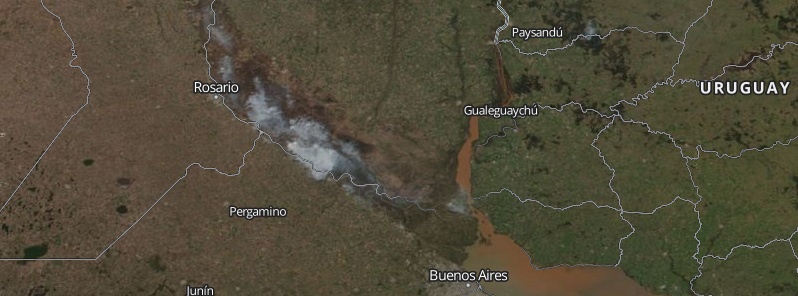
The Parana River in Argentina — South America's second-biggest river after the Amazon and the eighth longest in the world — is at its lowest level in decades this year, allowing multiple forest fires to spread through its delta.
NASA's Operational Land Imager (OLI) on Landsat-8 captured a satellite image of the river near Rosario on July 3, 2020, showing the parched land compared to an old image taken on July 1, 2019, when water levels were high.
The Parana is South America's second-biggest river after the Amazon and the eighth longest in the world.
As the shrinking river caused economic damage, it also allowed increased fire activity in the delta.
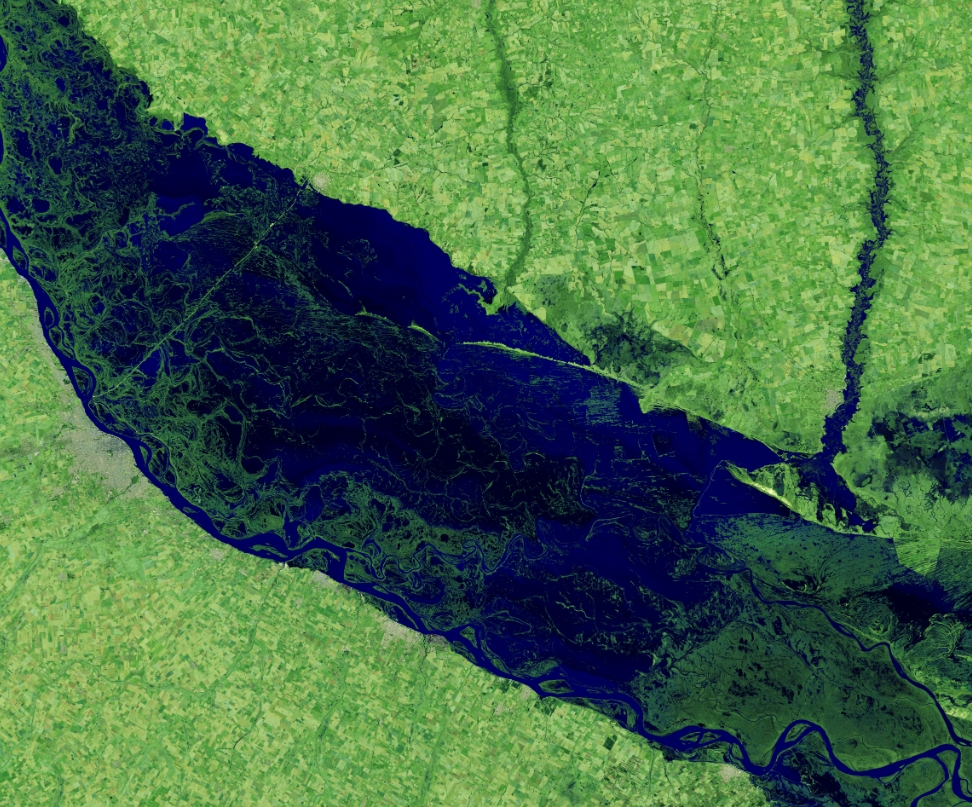
Argentina's Parana River on July 3, 2020. Image credit: NASA/Landsat 8-OLI
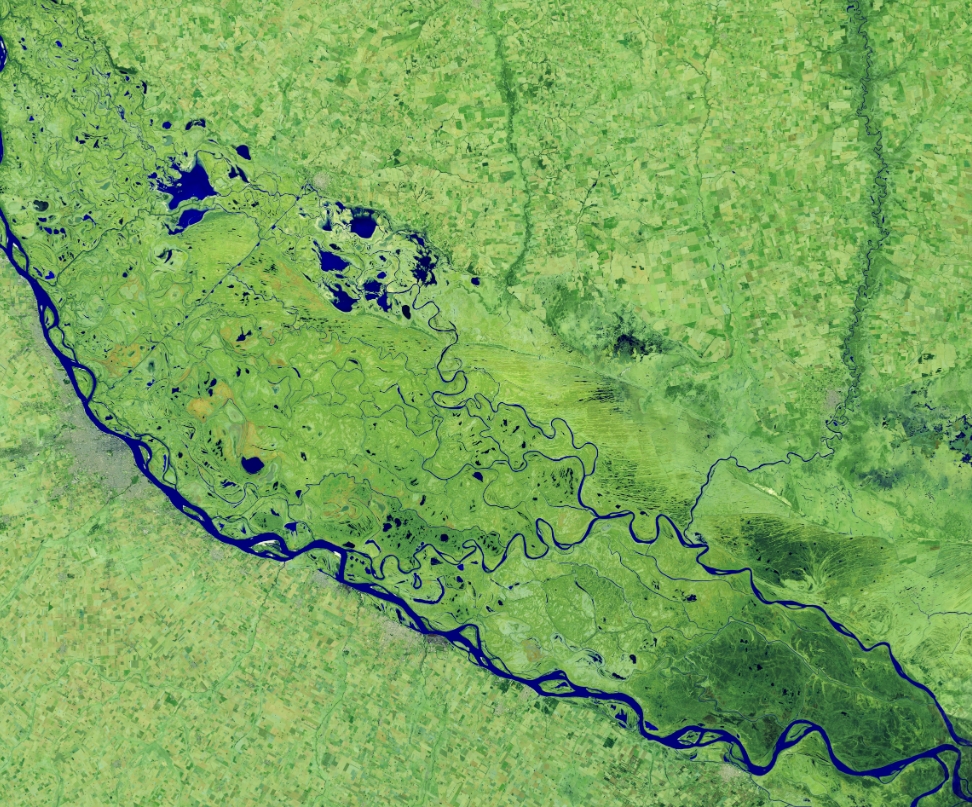
Argentina's Parana River on July 1, 2019. Image credit: NASA/Landsat 8-OLI
Giant plumes of smoke have been whipping across the region since February, and have even covered the streets of Rosario at times and other places along the Parana. As a result, the air in Rosario was unbreathable for weeks.
"The other night I walked to the river and could see seven fires burning in the distance," biologist Jorge Liotta told the Guardian late July.
"It depends on the wind if the smoke hits you, but when it does, the smoke is so thick that the sun turns red and you can barely see the house next door. What’s worse, it gets inside your home. People with asthma and other breathing difficulties are really suffering."
ISLAS DEL PARANA | Múltiples focos de incendio persisten en la zona de islas del Paraná. Brigadistas combaten el fuego en el lugar. pic.twitter.com/4tZsO3zQWZ
— Centro Integrado de Operaciones Rosario (@CIOR_Rosario) August 1, 2020
INTENSO TRABAJO DE NUESTROS COMPAÑEROS VIALES EN LAS ISLAS SOBRE EL RÍO PARANÁ PUENTE VICTORIA – ROSARIO
Compañeros de #VIALIDADNACIONAL #EntreRíos trabajaron incansablemente para minimizar el fuego con maquinarias. #SOMOSVIALES pic.twitter.com/WDQXoF1FCX— SOMOSVIALES (@somosstv) August 1, 2020
ISLAS DEL PARANÁ | Incendios en el delta del Paraná, frente a Rosario. Se observa que en este momento, por el sentido del viento, el humo se dirige hacia el sur. Se espera la llegada de más brigadistas para combatir el fuego. pic.twitter.com/RlaJzz8T1i
— Centro Integrado de Operaciones Rosario (@CIOR_Rosario) August 4, 2020
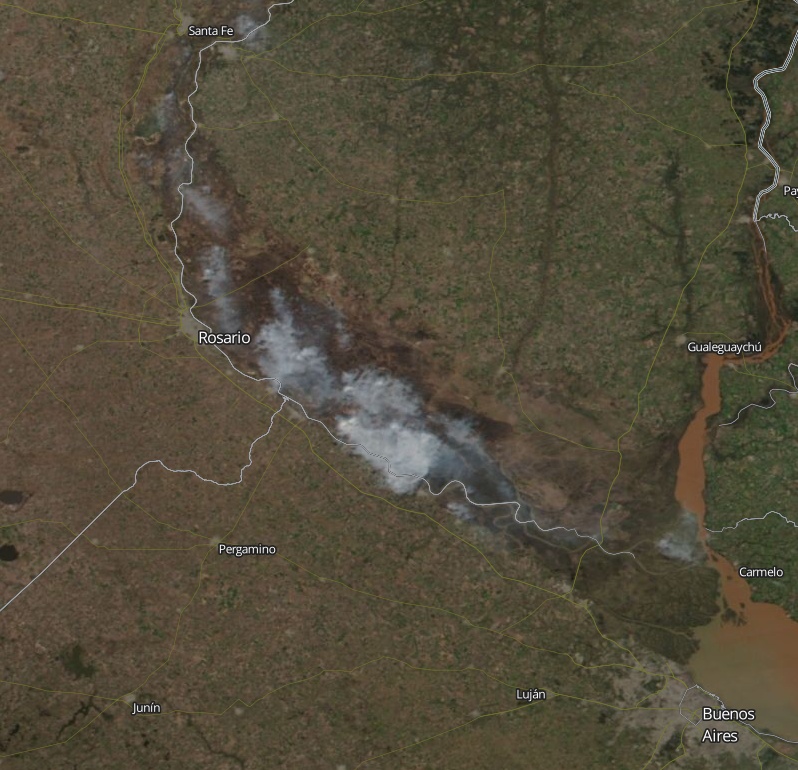
Image credit: NASA/NOAA Suomi NPP/VIIRS. Acquired July 29, 2020
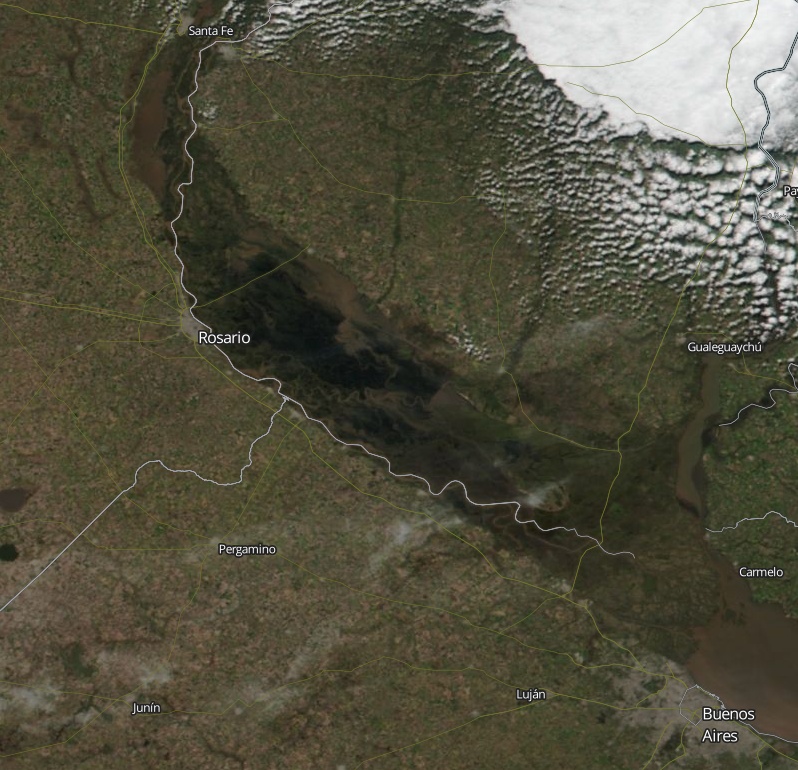
Image credit: NASA/NOAA Suomi NPP/VIIRS. Acquired July 27, 2019
Greenpeace Argentina spokesperson Leonel Mingo said, "everything is burning, it's completely out of control," warning that once a fire reaches a certain scale, "it becomes virtually impossible to stop."
While the Parana River Basin was drenched by some rain in June and July, river watchers do not expect the river to fully recover until sustained wet seasonal rains come in October.

Featured image credit: NASA/NOAA Suomi NPP/VIIRS. Acquired July 29, 2020

Commenting rules and guidelines
We value the thoughts and opinions of our readers and welcome healthy discussions on our website. In order to maintain a respectful and positive community, we ask that all commenters follow these rules.